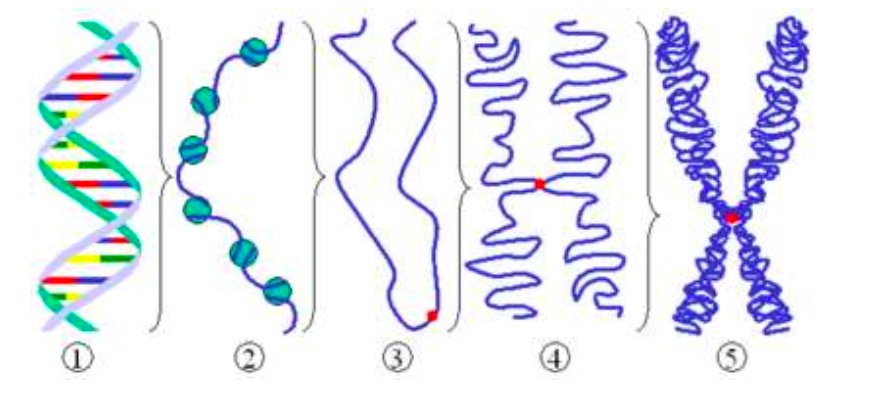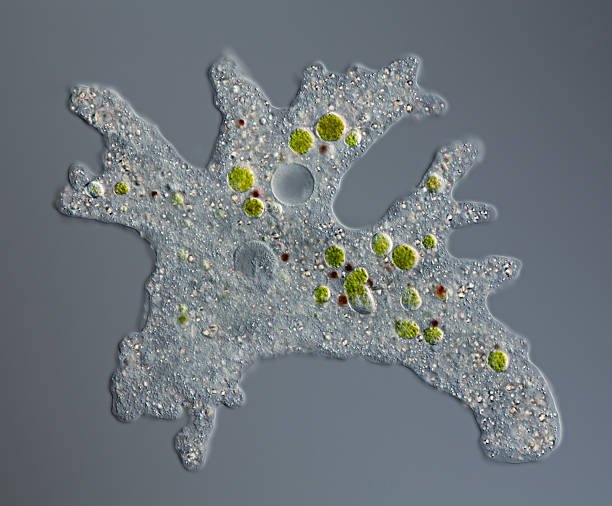On this page you will find What is meiosis Grade 12 Life Sciences Notes under Meiosis, which includes revision activities with questions and answers to help grade 12 learners to prepare for their tests and exams.
Notes
Meiosis is a type of cell division whereby a diploid cell (somatic cell) undergoes two cell divisions, and divides to form four dissimilar haploid cells (sex cells). Diploid cells have two sets of chromosomes, where each chromosome has a homologous partner. Haploid cells only have one set of chromosomes. Chromosomes in haploid cells have no homologous partners.
Before meiosis begins (during interphase), DNA replication takes place. The result is two sets of chromosomes consisting of two identical chromatids joined together with a centromere.

- Before cell divides, the chromatin network contracts
- Becomes visible as an individual chromosome
- Each chromosome consists of:
- DNA molecule that makes up genes
- Wrapped around proteins
Meiosis Video Lesson
PDF Downloadable Notes on What is meiosis:
Grade 12 Life Sciences Meiosis Question and Answers Activities:
Find short and long questions for Grade 12 Life Sciences, which will help you to prepare for the exams, tests, practical tasks, and assignments.
Here are some common questions and answers about meiosis for grade 12 life sciences in South Africa (CAPS):
- Q: What is meiosis? A: Meiosis is a type of cell division that results in the formation of haploid cells from a diploid parent cell. It is a crucial process in sexual reproduction and is responsible for producing gametes, such as sperm and eggs, which contain half the number of chromosomes as the parent cell.
- Q: What is the purpose of meiosis? A: The main purpose of meiosis is to produce genetically diverse offspring by shuffling and recombining genetic material during cell division. This allows for the creation of new combinations of genes that can provide a survival advantage in changing environments.
- Q: How many rounds of cell division occur during meiosis? A: Meiosis involves two rounds of cell division, referred to as meiosis I and meiosis II.
- Q: What is the difference between meiosis and mitosis? A: Meiosis and mitosis are both types of cell division, but there are some key differences between them. In mitosis, a single cell divides into two identical daughter cells, each with the same number of chromosomes as the parent cell. In meiosis, the parent cell divides into four daughter cells, each with half the number of chromosomes as the parent cell. This reduction in chromosome number is an important feature of meiosis that allows for genetic diversity.
- Q: What is crossing over and why is it important in meiosis? A: Crossing over is a process that occurs during meiosis I where homologous chromosomes exchange genetic material with each other. This results in the formation of new combinations of genes that can provide a survival advantage in changing environments. Cross over is important in meiosis as it increases genetic diversity among offspring.
More Resources
- https://www.elimuza.com/grade-12/item/1037-meiosis-life-sciences-study-guides-and-notes-grade-12
- https://www.studocu.com/en-za/document/further-education-and-training/life-sciences/grade-12-life-science-meiosis-fet-phase/17623978
- https://www.yourgenome.org/facts/what-is-meiosis
- https://learn.mindset.africa/resources/life-sciences/grade-12/meiosis
Meiosis Notes: What is meiosis, The process of meiosis in animal cells, The significance of meiosis, Abnormal meiosis, and Differences between meiosis I and meiosis II.

View all #Life-Sciences-Grade12 Study Resources
We have compiled great resources for Life Sciences Grade 12 students in one place. Find all Question Papers, Notes, Previous Tests, Annual Teaching Plans, and CAPS Documents.




